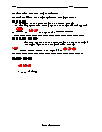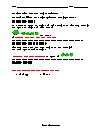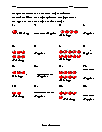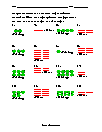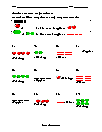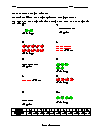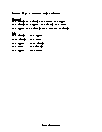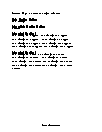Estimating Length Worksheets
How to Use Your Vision to Estimate Length - Estimating is an essential part of mathematics and a beneficial tool in daily life. Learning how to estimate distance, lengths, and other amounts help us significantly in everyday measurements. Rounding off the numbers is a type of estimation. One of the ways to use your vision for estimation is using the patterns or sizes that are available at hand. For instance, you can measure the distance between two people standing on the floor by looking at the tiles on the floor. If one tile is 12 inches, then the distance between the two will be equal to the number of tiles between them multiplied by 12 inches. This is just one of the ways of knowing how much length exists between two ends. Another way is to recall your memory. For example, if you have played football in school, then you can measure estimate distance based on that memory. As the distance between me and my friend's house is almost half the size of a football field. While this is a highly rough estimation, it can still give an idea of how one can estimate the distance between two points using sights and memory. Converting exponents into a number is very easy yet something most students are not familiar with. It is one of the easiest learning aspects of mathematics at the early stages. But before we move forward, let's learn what exponents are. Exponents are often called power, and they are found on the top right of a number or variable in mathematics. The purpose of an exponent is to define how many times a number is going to get multiplied. For example, if a number 2 has exponent 4 on its head, then it means that 2 is going to be multiplied with itself 4 times, i.e., 2 x 2 x 2 x 2. The number is written as 24. When you multiply 2 four times, you will get 16. Similarly, when you have 53, it means that 5 will be multiplied three times with itself, i.e., 5 x 5 x 5. You will get the answer 125. This is how exponents are converted into regular numbers. This method is relatively simple, but the answers are different when done with variables.
-
Basic Lesson
Demonstrates the basic concept of mathematical substitution visual. 1. An apple is the same length as a black string. 2. How many pieces of string equal the length of two apples?
View worksheet -
Intermediate Lesson
Uses larger more abstract concepts than are presented in the basic lesson. Solve the length problems using pictures.
View worksheet -
Independent Practice 1
20 problems ask you to replace a string for apples. The answers can be found below.
View worksheet -
Independent Practice 2
Estimate length with the use of a key. Includes 20 practice problems. Solve the length problems using pictures. One lime is the same length as two strings.
View worksheet
Estimates and Group Size
To estimate the number of a large group of items, take a smaller group of the items you are estimating and see what it looks like. Get a feel for what 50 looks like or 100. Then when you look at a larger amount, you can make an educated guess.
